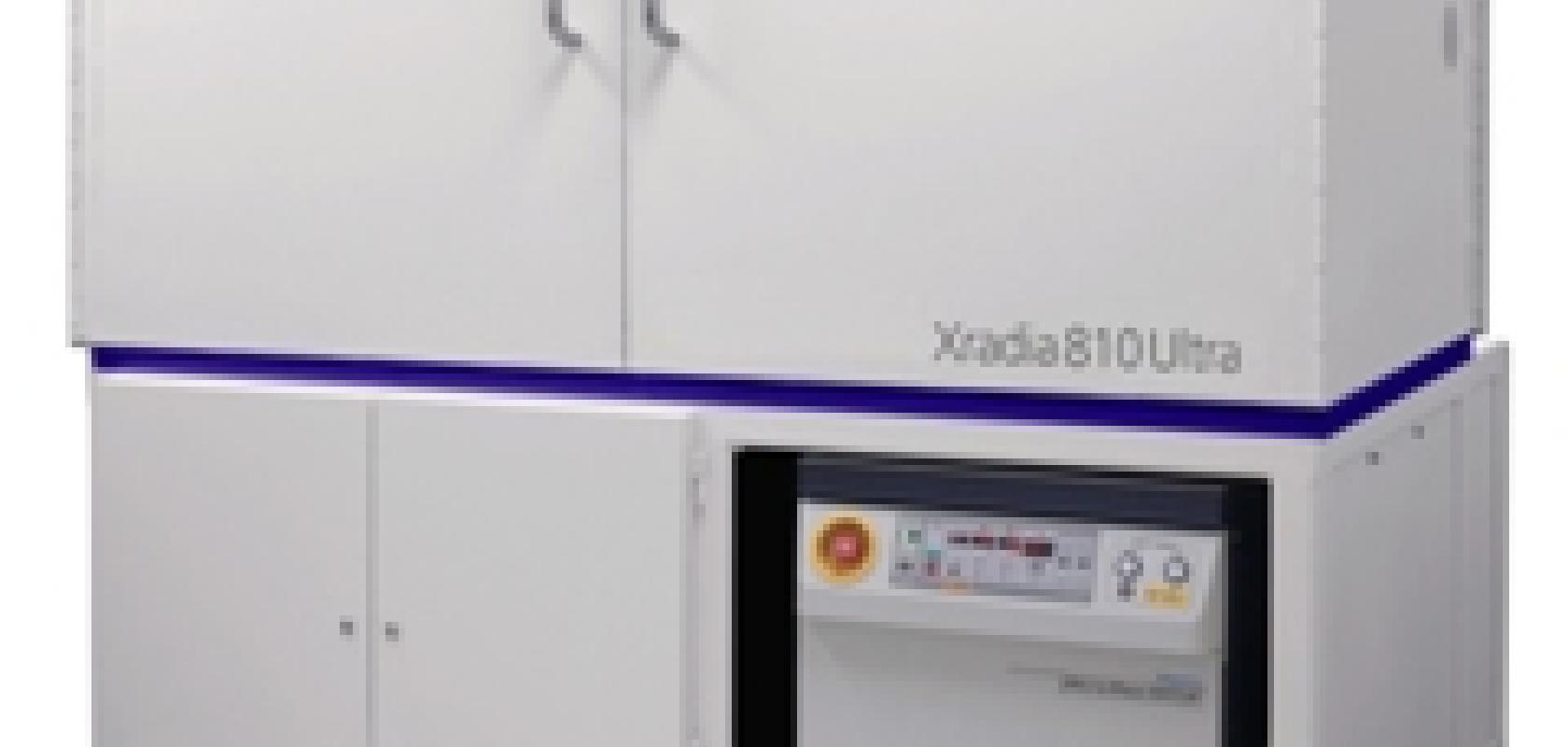Carl Zeiss has introduced an X-ray microscope (XRM) that increases throughput for 3D imaging at the nanoscale by up to 10 times, the company claims. The Zeiss Xradia 810 Ultra uses a series of technical innovations to achieve better contrast, and in turn faster acquisition.
Xradia 810 Ultra operates at 5.4keV, a lower X-ray energy that delivers better contrast and image quality for many materials. Contrast improves significantly as these lower-energy X-rays are absorbed more strongly, enabling high-quality tomographies to be completed at reduced imaging times. The system has a resolution down to 50nm and uses both absorption and Zernike phase contrast and advanced optics adapted from the synchrotron to deliver excellent resolution and contrast.
The microscope is ideal for both science and industry, for instance in oil and gas feasibility studies. Here, measurements used in digital rock physics to characterise critical parameters such as porosity and tortuosity can now be conducted in a few hours with the system. The high contrast delivered by Xradia 810 Ultra optimises imaging of carbonate rock as well as shale.
As compared to physical sectioning methods, the non-destructive XRM approach can now claim a speed advantage for similar volumes when compared to serial section (slice and view) techniques.
Higher absorption contrast at 5.4keV in addition to Zernike phase contrast makes high-resolution X-ray imaging viable for a variety of low Z and bio-materials such as polymers and tissue samples.


